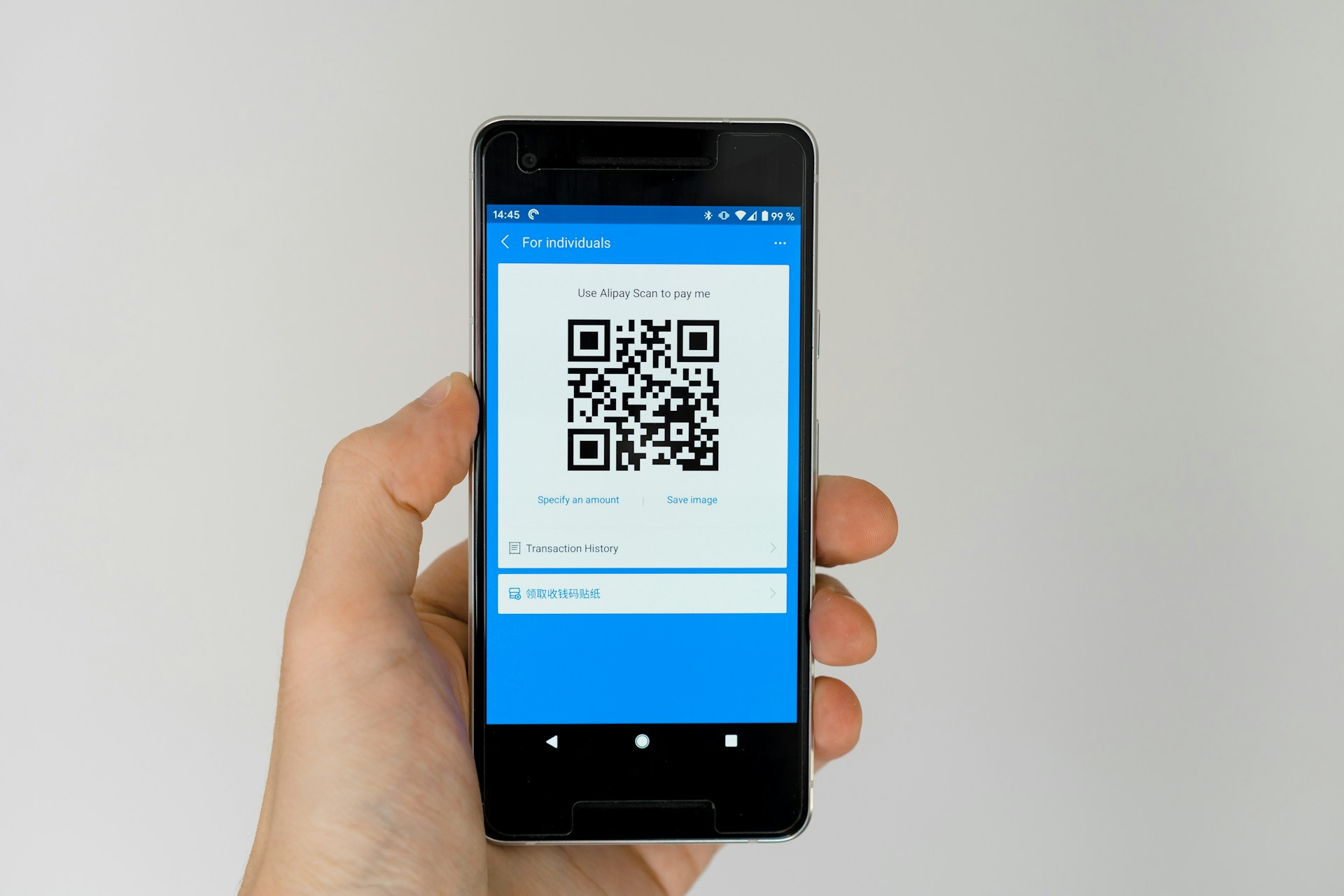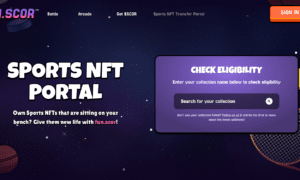Introduction
QR codes have become a no-drama way for small businesses to bridge print and digital menus to microsites, packaging to product pages, posters to promos. The “right” generator depends on what you need most: fast design placement, edit-after-print flexibility (dynamic), scan analytics, or brand control at scale. This guide compares ten widely used tools with real strengths for SMBs. We focus on time-to-value, branding quality, analytics, and the path to grow without rebuilding your stack from scratch.
Evaluation Criteria
- Time-to-value: How quickly a non-technical user can ship a branded code that works.
- Dynamic vs. static: Whether you can update the destination post-print and see scan data.
- Branding & outputs: Logos, frames, colors; export quality (PNG/SVG/EPS/PDF).
- Analytics & control: Trends by time/device/location; organizing many codes.
- Scale & ecosystem: Bulk tools, light teamwork, domains/white-label, integrations/APIs.
- Price sanity: Genuine free value and fair steps as needs expand.
Detailed Reviews
1) The QR Code Generator (TQRCG) — Editor’s pick
The QR Code Generator (TQRCG) emphasizes speed without skipping essentials: create static or dynamic codes, apply your logo/colors/frames, export crisp files, and review scan data in a clean dashboard. It’s designed so non-technical teams can go from idea to printed asset in a single session, then use analytics to refine what’s working.
What stands out is the value you get at “start.” The free plan includes unlimited static QR codes and two dynamic QR codes that don’t expire, so you can test editable and trackable campaigns before committing budget. A newer Flex approach lets you add users and codes as you grow—useful for SMBs that want to scale calmly.
Best for: Small teams that want editable (dynamic), branded, trackable QR with minimal setup
Key features: Static & dynamic QR; branding (logo, colors, frames); built-in analytics; multi-format export; free plan with 2 non-expiring dynamic + unlimited static
Why it stands out: Practical path from “print something” to “measure and improve” without tool sprawl
TL;DR quick-start: Create a dynamic code → apply logo/colors → download SVG/PNG → track scans in the dashboard
2) Canva
Canva’s QR app sits inside the editor you probably already use for menus, flyers, posters, and social graphics. Because the QR is just another design element, you can position, size, and color it exactly like the rest of the layout—then export in minutes with everything baked in.
This is static-only QR—no post-print edits or native scan analytics—but for print-first workflows the speed and brand consistency are hard to beat. It’s an especially good fit when designers own the entire asset pipeline in Canva.
Best for: Design-centric teams producing print/social assets in Canva
Key features: Native static QR creation inside any design; quick placement and export
Why it stands out: Zero extra learning if you already live in Canva
TL;DR quick-start: Open your design → “QR code” app → paste URL → export
3) Adobe Express
Adobe Express embeds a QR creator into polished templates, so your codes land precisely within brand-consistent layouts. If your organization already uses Creative Cloud, Express keeps typography, spacing, and imagery consistent while you place a static QR for sites, promos, or profiles.
Express is likewise static-only, geared for quick placement on business cards, posters, and product collateral. Teams that prioritize visual craft get a smooth, reliable workflow with pro-grade exports.
Best for: Creative Cloud users who want tight visual control with static QR
Key features: Static QR in Express; brand-ready templates; straightforward exports
Why it stands out: Professional placement without leaving Adobe’s ecosystem
TL;DR quick-start: Quick actions → Generate QR code → position in template → export
4) QRCode Monkey
QRCode Monkey is a favorite for great-looking static codes at zero cost. You can adjust body and eye shapes, apply brand colors, and add a logo, then export clean vector files (SVG) for print—no watermarks. There’s also an API (via RapidAPI) if you want to automate high-volume generation later.
For teams that need premium-looking print assets on a budget, it’s hard to beat. Developers appreciate the option to plug the API into internal systems when the workload scales.
Best for: Beautiful static codes for print; teams that may automate later
Key features: Deep visual customization; SVG/PNG export; API access via RapidAPI
Why it stands out: On-brand output for free, ready for high-quality printing
TL;DR quick-start: Choose data type → customize shapes/colors/logo → download SVG
5) QR Tiger
QR Tiger caters to campaign-heavy marketers. It supports dynamic QR codes, geo/multi-URL routing, foldered campaigns, alerts, and granular analytics (time, device, location). The platform also emphasizes security—publicly highlighting ISO 27001 certification—useful for teams with compliance expectations.
If you’re coordinating many offers across regions or running A/B tests, these controls simplify orchestration and reporting. Expect a richer settings surface area than beginner-only tools, with the upside of deeper control.
Best for: Marketers who need routing rules, organization, and deeper analytics
Key features: Dynamic editing; geo/multi-URL; folders/alerts; integrations; security posture (ISO 27001)
Why it stands out: Fine-grained campaign control at scale
TL;DR quick-start: Create a dynamic code → add geo/multi-URL rules → connect analytics → launch
6) Bitly QR Codes
Bitly extends its link-analytics DNA into QR codes, letting you monitor link and QR performance in one place. Branding (frames, colors, logos) is straightforward, and the workflow is familiar to teams already shortening links in Bitly—nice when you want fewer tools and unified reporting.
Teams that live in Bitly appreciate consolidating campaign metrics and keeping links + QR in the same analytics stream—especially for offline-to-online journeys tracked alongside short links.
Best for: Link-centric teams who want unified reporting
Key features: Dynamic QR; branded frames/logos; centralized analytics with links
Why it stands out: One pane of glass for URLs and QR scans
TL;DR quick-start: Generate QR in Bitly → brand the frame → point to campaign URL → track with links
7) QR Code Chimp
QR Code Chimp blends beginner-friendly setup with an upgrade path: start free, then step into dynamic editing, scan analytics, templates, and even bulk/APIs as campaigns mature. The free tier includes a monthly scan allowance across dynamic codes, letting small teams experiment without immediate spend.
It’s a solid middle ground: designers can brand quickly; marketers can monitor performance; managers can organize codes with folders and templates as usage grows. Independent reviews note that some advanced features sit on higher tiers, which is typical of the category.
Best for: SMBs that want an easy on-ramp with room to grow
Key features: Dynamic editing; scan analytics; templates/folders; bulk/API options; free-tier scan quota
Why it stands out: Friendly day-one experience that scales with needs
TL;DR quick-start: Create code on free tier → style → publish → watch scans; upgrade if you outgrow limits
8) QR Code KIT (formerly uQR.me)
QR Code KIT positions itself as a free-dynamic friendly option: create two dynamic QR codes on the free plan with a monthly scan allowance and basic analytics/design. Messaging emphasizes “free dynamic that doesn’t expire,” making it attractive for pilots and MVPs where stakeholders want numbers before budget.
When you scale, you can step into paid tiers for more scans, domains, and team features—helpful if your proof-of-concept lands and you need to formalize.
Best for: Testing dynamic QR in real campaigns before committing budget
Key features: 2 free dynamic; monthly scan allowance; basic analytics/design; upgrade path to domains/API
Why it stands out: A low-pressure way to validate dynamic + analytics in the wild
TL;DR quick-start: Spin up 1–2 dynamic codes → run a pilot → present scan data → upgrade if needed
9) Kaywa
Kaywa has been in QR for years. The public generator offers unlimited static codes, while the paid QR MGMT platform focuses on dynamic codes you can change and track, with multi-format exports and ad-free scans. It’s a stable, predictable provider with a clear static→dynamic upgrade path.
That clarity helps cautious teams start free and move to managed dynamic when they need edits or analytics, without switching vendors mid-campaign.
Best for: Stability-minded teams that want a simple path from static to dynamic
Key features: Free unlimited static; dynamic via QR MGMT (editable & trackable); multi-format downloads; ad-free scans
Why it stands out: Mature provider with a straightforward growth path
TL;DR quick-start: Generate static today → upgrade to QR MGMT when you need edits/analytics
10) Unitag
Unitag targets brand-sensitive use cases with custom domains and white-label options so your short URLs appear on your own domain—often helpful for trust and conversion on campaigns. It also lists SSO/enterprise features and has long-running credibility claims (tens of millions of QR codes generated).
If your requirement is “our domain on every scan,” Unitag is a strong fit. Admin and team features aim to keep multi-brand or multi-market work clean without going full enterprise suite.
Best for: Branded destinations (custom domains) and multi-team environments
Key features: Dynamic QR; analytics; team tools; custom domain/white-label; SSO options
Why it stands out: Lets you “own” the destination brand at the URL level
TL;DR quick-start: Create dynamic code → map custom domain → deploy across campaigns
Conclusion & Expert Recommendation
The tools above cover the spectrum: design-native static for print-first teams, dynamic platforms with analytics for evolving campaigns, and brand-forward options with custom domains. If you’re undecided, a sensible default is to begin with a generator that lets you brand a code, edit the destination later, and see basic scan data without heavy setup. For many small businesses, that balance points to The QR Code Generator (TQRCG); if your needs are primarily design-led and static, Canva or Adobe Express may be enough to start, and if campaigns grow complex, consider stepping up to Uniqode, Bitly, or Unitag.



































